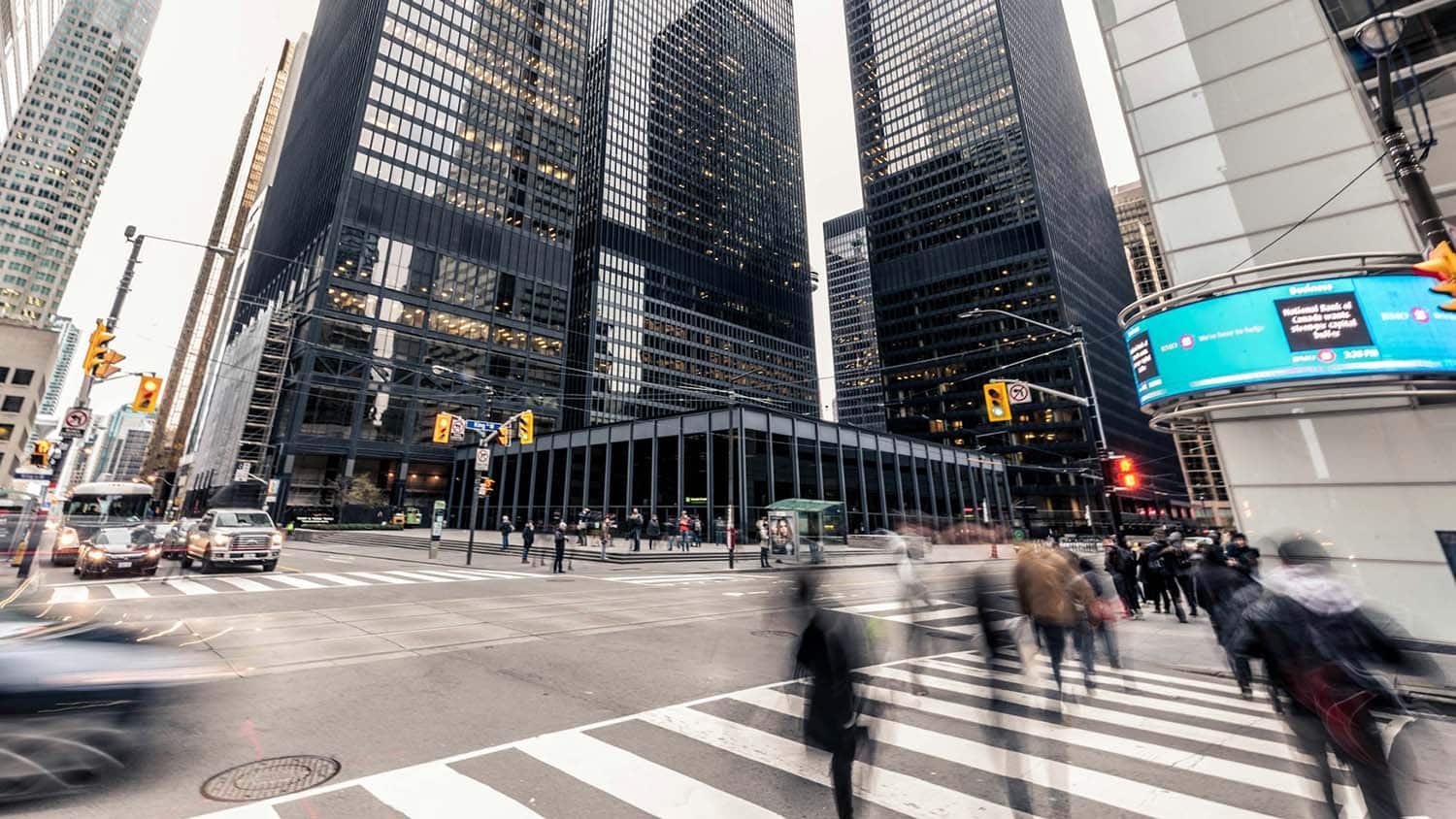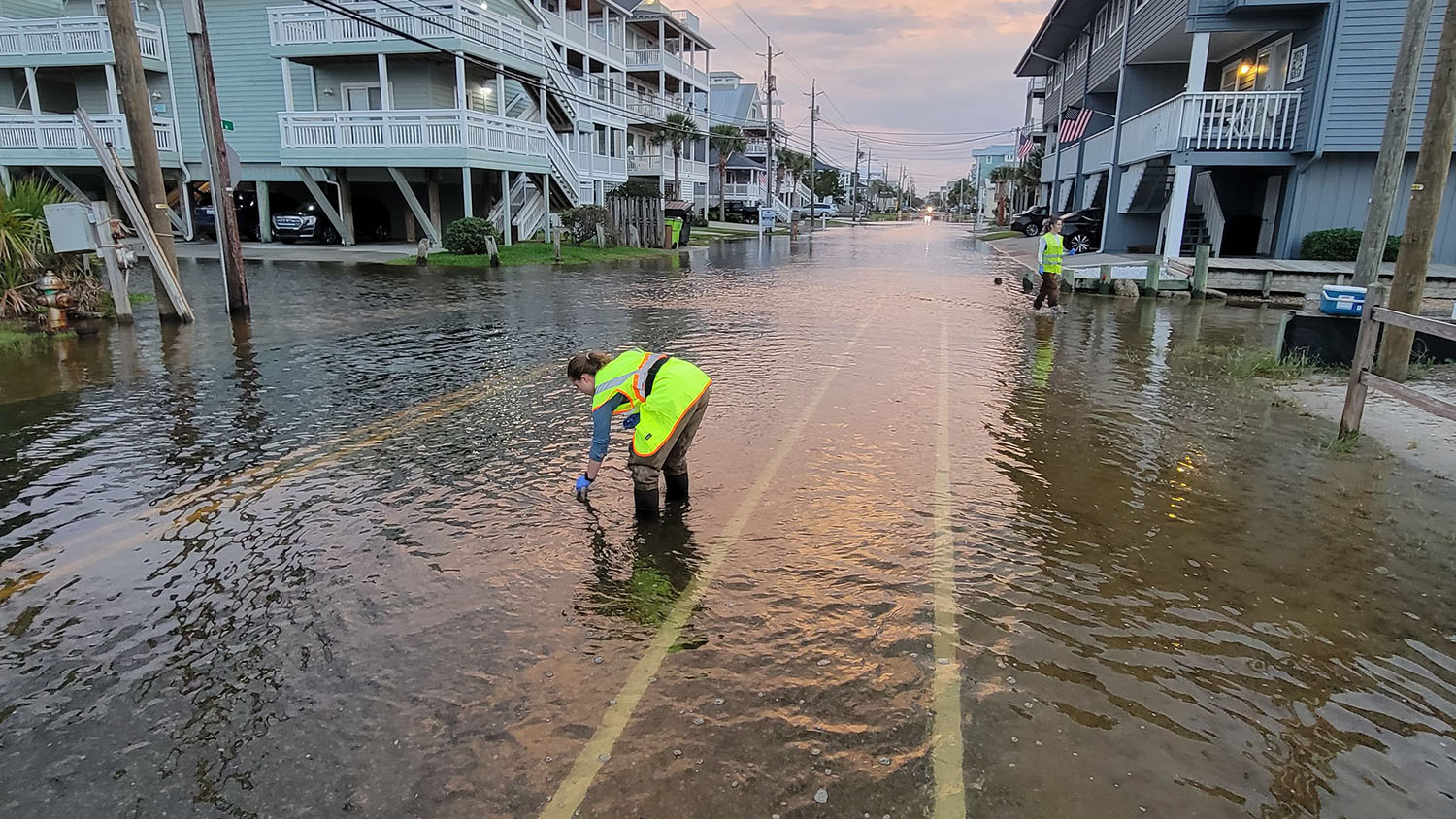New Traffic Signal Would Improve Travel Time for Both Pedestrians and Vehicles

For Immediate Release
Adding a fourth light to traffic signals – in addition to red, green and yellow – would shorten wait times at street corners for pedestrians, as well as improve traffic flow for both autonomous vehicles and human drivers. And the more autonomous vehicles there are in the traffic network, the shorter the wait times for everyone.
“Our earlier work introduced the idea of a fourth traffic signal called a ‘white phase,’ which taps into the computing power of autonomous vehicles (AVs) in order to expedite traffic at intersections – but we had not yet incorporated what this concept would mean for pedestrians,” says Ali Hajbabaie, corresponding author of the paper and an associate professor of civil, construction and environmental engineering at North Carolina State University. “We’ve now expanded our computational modeling to account for foot traffic, and the results are extremely promising for both pedestrians and vehicles.”
The white phase concept makes use of AVs’ ability to communicate wirelessly with both each other and the computers that control the traffic signals. When enough AVs are approaching the intersection, this would activate a new traffic light – the white light. While red lights mean stop, and green lights mean go, white lights tell human drivers to simply follow the car in front of them. In short, the white light is a signal that AVs are coordinating their movement to facilitate traffic through the intersection more efficiently.
“Our previous research found that the more AVs there are on the road, the more efficiently the traffic moves,” Hajbabaie says. “To be clear, this improves travel time, fuel efficiency and safety for all of the cars on the road – not just AVs.”
To account for pedestrian traffic, the researchers incorporated a suite of new parameters into the optimization model that assessed the impact foot traffic would have on all traffic through an intersection.
“We found that, when pedestrians are added into the mix, the white phase concept still improves traffic efficiency for everyone,” Hajbabaie says. “And, again, the higher the percentage of traffic that is made up of AVs, the more efficiently traffic moves through intersections.
“If at some point in the future we see almost universal adoption of AVs, our models suggest that delays at intersections would decrease by more than 25%. More realistically, we will eventually see a lower percentage of wirelessly connected AVs on the road, but there would still be meaningful improvements in traffic time.”
The researchers know that governments will not be adopting these new traffic technologies in the immediate future, but are already taking steps to ensure that future pilot projects will be safe and effective.
“We are currently setting up a physical testbed that will allow us to experiment with this concept in the physical world – not just in a computer model,” Hajbabaie says. “However, the vehicles we are using in the testbed are small enough to hold in your hands. This will help us identify challenges in implementation without the expense – and safety risk – involved with using full-scale vehicles. In the meantime, we are open to working with industry and research partners to explore ways to move forward with these technologies.”
The paper, “Advancing the White Phase Mobile Traffic Control Paradigm to Consider Pedestrians,” is published open access in the journal Computer-Aided Civil and Infrastructure Engineering. First author of the paper is Ramin Niroumand, a former Ph.D. student at NC State. The paper was co-authored by Leila Hajibabai, an assistant professor in NC State’s Edward P. Fitts Department of Industrial and Systems Engineering.
-shipman-
Note to Editors: The study abstract follows.
“Advancing the White Phase Mobile Traffic Control Paradigm to Consider Pedestrians”
Authors: Ramin Niroumand, Leila Hajibabai and Ali Hajbabaie, North Carolina State University
Published: March 10, Computer-Aided Civil and Infrastructure Engineering
DOI: 10.1111/mice.13178
Abstract: Current literature on joint optimization of intersection signal timing and connected automated vehicle (CAV) trajectory mostly focuses on vehicular movements paying no or little attention to pedestrians. This paper presents a methodology to safely incorporate pedestrians into signalized intersections with CAVs and connected human-driven vehicles (CHVs). The movements of vehicles are controlled using both traffic lights and mobile CAV controllers during our newly introduced “white phase.” CAVs navigate platoons of CHVs through the intersection when the white phases are active. In addition to optimizing CAV trajectories, the model optimally selects the status of the traffic light signal among white and green indications for vehicular and walk and do-not-walk intervals for pedestrian movements. A receding horizon-based methodology is used to capture the stochastic nature of the problem and to reduce computational complexity. The case study results show successful operation of fleets consisting of pedestrians, CAVs, and CHVs with various demand levels through isolated intersections. The results also show that increasing CAV market penetration rate (MPR) can decrease average intersection delay by up to 27%. Moreover, the average pedestrian, CHV, and CAV delays decrease as the CAV MPR increases and reach their minimum values with a fully CAV fleet. In addition, the presence of the white phase can decrease the intersection average delay by up to 14.7%.


